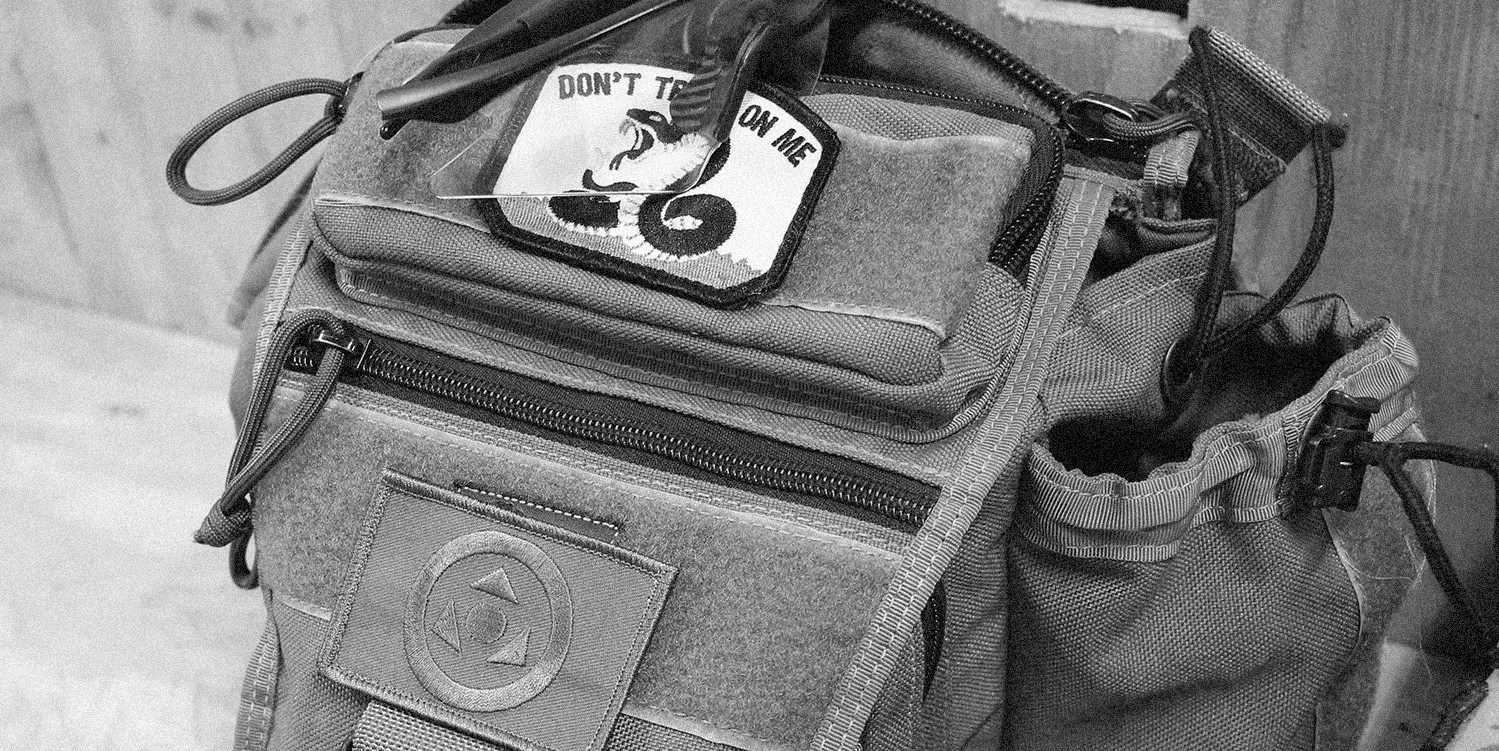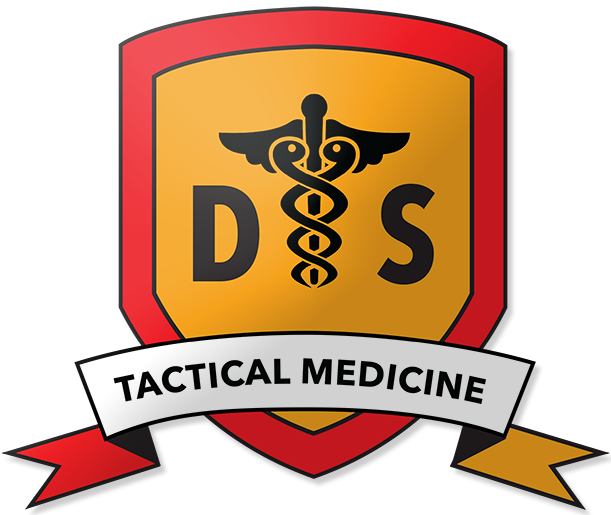 Distributed Security, Inc. is an NAEMT (National Association of Emergency Medical Technicians) Training Center with the ability to offer tactical medicine training worldwide.
Distributed Security, Inc. is an NAEMT (National Association of Emergency Medical Technicians) Training Center with the ability to offer tactical medicine training worldwide.
An NAEMT TRAINING CENTER is an organization (which may be public, private for-profit, or private non-profit) that provides initial and/or continuing education to EMS practitioners and other prehospital healthcare providers that has been approved to conduct NAEMT courses. DSI will offer TCCC, TECC, and LEFR-TCC. Tactical Combat Causality Care originated from lessons learned from the wars in Iraq and Afghanistan.
Below are the courses we currently offer.
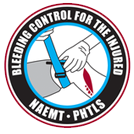
BLEEDING CONTROL (B-CON)
- Target Audience: Non-medical
- All DSI Students
- General public
- Level:Tier 4
- Duration:1-2 hours
Today we live in a world where terrorism (decentralized/distributed/asymmetric war), the actions of unstable people, and the dangerous impulses of friends and relatives are very real and becoming increasingly more frequent.
Massive bleeding from any cause, but particularly from an active killer or explosive event where a response is delayed can result in unnecessary death. Similar to how the general public learns and performs CPR, the public must learn proper bleeding control techniques, including how to use their hands, dressings, and tourniquets. Victims can quickly die from uncontrolled bleeding, within five to 10 minutes.
However, anyone at the scene can act as an immediate responder and save lives if they know what to do. Distributed Security Inc. supports the Presidential policy directive for national preparedness (Presidential Policy Directive 8), which targets preparedness as a shared responsibility of the government, the private and nonprofit sectors, and individual citizens.
Bleeding control or B-CON was initially part of NAEMT’s curriculum. The program has now transferred to the American college of Surgeon’s group “BleedingControl.org”. DSI offers an expanded version of B-CON as part of all of its Tier 4 training courses to address the most common causes of preventable death. We can also offer B-CON as a standalone course.
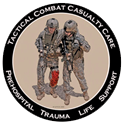 TACTICAL COMBAT CASUALTY CARE (TCCC OR TC3)
TACTICAL COMBAT CASUALTY CARE (TCCC OR TC3)
- Target audience: “Combatants” including DSI Students, security personnel, law enforcement, and military
- Level: Tier 4
- Duration: All Combatants (AC) Non-medical 8 hours/Medical personnel (MP) 16 hours
- 4/5 days when combined with our Tier 3 Individual Tactics reality based training or "RBT"
The Tactical Combat Casualty Care (TCCC) course introduces evidence-based, life-saving techniques and strategies for providing the best trauma care on the battlefield. DSI offers TCCC conducts TCCC courses under the auspices of the NAEMT and its PHTLS program, the recognized world leader in prehospital trauma education.
DSI’s TCCC courses use the PHTLS Military textbook and are fully compliant with the Department of Defense’s Committee on Tactical Combat Casualty Care (CoTCCC) guidelines. It is the only TCCC course endorsed by the American College of Surgeons.
The TCCC-MP (TCCC for Medical Personnel) course is designed for combat EMS/military personnel, including medics, corpsmen, and pararescue personnel deploying in support of combat operations. DSI also offers Tactical Emergency Casualty Care (TECC) for civilian tactical EMS.
The TCCC-AC (TCCC for All Combatants) course is designed for non-medical military personnel and includes first responder skills appropriate for soldiers, sailors, airmen, and marines.
DSI’s NAEMT TCCC course is accredited by the Continuing Education Coordinating Board for Emergency Medical Services (CECBEMS) and recognized by the National Registry of EMTs (NREMT)
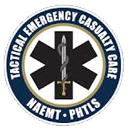 TACTICAL EMERGENCY CASUALTY CARE (TECC)
TACTICAL EMERGENCY CASUALTY CARE (TECC)
- Target audience: Civilian tactical EMS; any EMS practitioner called upon to respond to a mass casualty or active shooter event.
- Level: Tier 4
- Duration:2 days
- 5 days when combined with our Tier 3 Individual Tactics reality based training (RBT)
DSI offers TECC which was developed by NAEMT’s Prehospital Trauma Life Support (PHTLS) Committee. The TECC program is based on the guidelines from the Committee on Tactical Emergency Casualty Care (Co-TECC) and the Tactical Combat Casualty Care (TCCC) program. TECC uses lessons learned from our military and applies them to the civilian world of tactical medicine.
This 16-hour course covers topics designed to decrease preventable death in the tactical situation. Topics include: Hemorrhage control; surgical airway control and needle decompression; strategies for treating wounded responders in threatening environments; caring for pediatric patients; and techniques for dragging and carrying victims to safety.
At the core of the TECC program are three distinct phases that have been well-proven by TCCC-trained personnel in the war against terrorism in Iraq and Afghanistan. The phases are as follows.
● Direct Threat Care: Care that is rendered while under attack or in adverse conditions.
● Indirect Threat Care: Care that is rendered while the threat has been suppressed, but may resurface at any point.
● Evacuation: Care that is rendered while the casualty is being evacuated from the incident site.
TECC focuses on the medicine during these phases of care and provides guidelines for managing trauma in the civilian tactical or hazardous environment. While TECC has a tactical slant, it takes an all-hazards approach to providing care outside the normal operating conditions of most EMS agencies, such as responding to a mass casualty or active killer event.
K9 TACTICAL EMERGENCY CASUALTY CARE (K9-TECC) This course is under development
- Target audience: Civilian tactical EMS; K9 law enforcement officers and handlers
- Level: Tier 4
- Duration: 1 day
- Prerequisite: TECC, TCCC-MP or TCCC-AC
Currently, there are currently no “official K9 TECC courses” or K9 TECC provider/instructor certifications. We have developed a K9 TECC course that follows the guidelines developed by the Committee on Tactical Emergency Casualty Care (C-TECC) and adapted by the K9 TECC Working Group.
The resources developed by the K9 TECC working falls under the purview of the Committee of TECC (C-TECC). The K9 TECC guidelines are open source and non-proprietary. There C-TECC and K9 TECC working group believe that, though there are universal “principles” of high threat response, the application must be tailored for individual agencies based upon local resources, political climate, budget, and operational experience.
K9 TECC is not dogma, and the principles are meant to be applied uniquely by each agency that uses it, depending on that agency's provider levels, the scope of practice, culture, patient population, risk assessment, etc. We consider the K9 TECC guidelines to be a pile of bricks; take only the bricks that fit into your operational culture and build a response program that is unique to you. Just don’t change the individual bricks. Similar to TECC, the principles of K9 TECC are not difficult to teach as the actual MARCH interventions such as pressure dressings, needle decompression, etc. are similar to those skills already learned for managing human casualties. The uniqueness of K9 TECC is taking the skills and knowledge medical providers already have for treating human casualties and knowing how and when to apply them to a K9 casualty. In most regards, this comes down to understanding the species differences in anatomy and physiology.
More information will be forthcoming once this course is finalized.
Chuck Gbur, MD is Vice President - Tactical Medicine and leads the development and instruction of all tactical medicine content. He is an interventional cardiologist in Toledo, Ohio. He is board certified in Internal Medicine, Cardiology, Interventional Cardiology and Undersea & Hyperbaric Medicine. He served as a medical officer in the United States Navy. During most of his 25-year military career, he served with the Fleet Marine Force. He held numerous positions including Battalion Surgeon, Marine Rear Area Operation Group Surgeon, Regimental Surgeon, and Advisor to The Medical Officer of the Marine Corps at HQMC. He also was the company commander of a Marine Corps Surgical Company. He was a graduate and an instructor in the Combat Causality Care Course (C4) as well as the advanced Combat Casualty Care Course. He was a graduate of the Naval War College and Joint Forces Staff College as well as numerous other classes and course. He published several papers and developed training doctrine and policies for medical care in military operations in urban terrain. Chuck was active in tactical medicine training of Marines and Corpsman who were deploying in support of numerous combat missions over the last twenty years. He is a NAEMT TCCC instructor and an Ohio physician EMS instructor.
